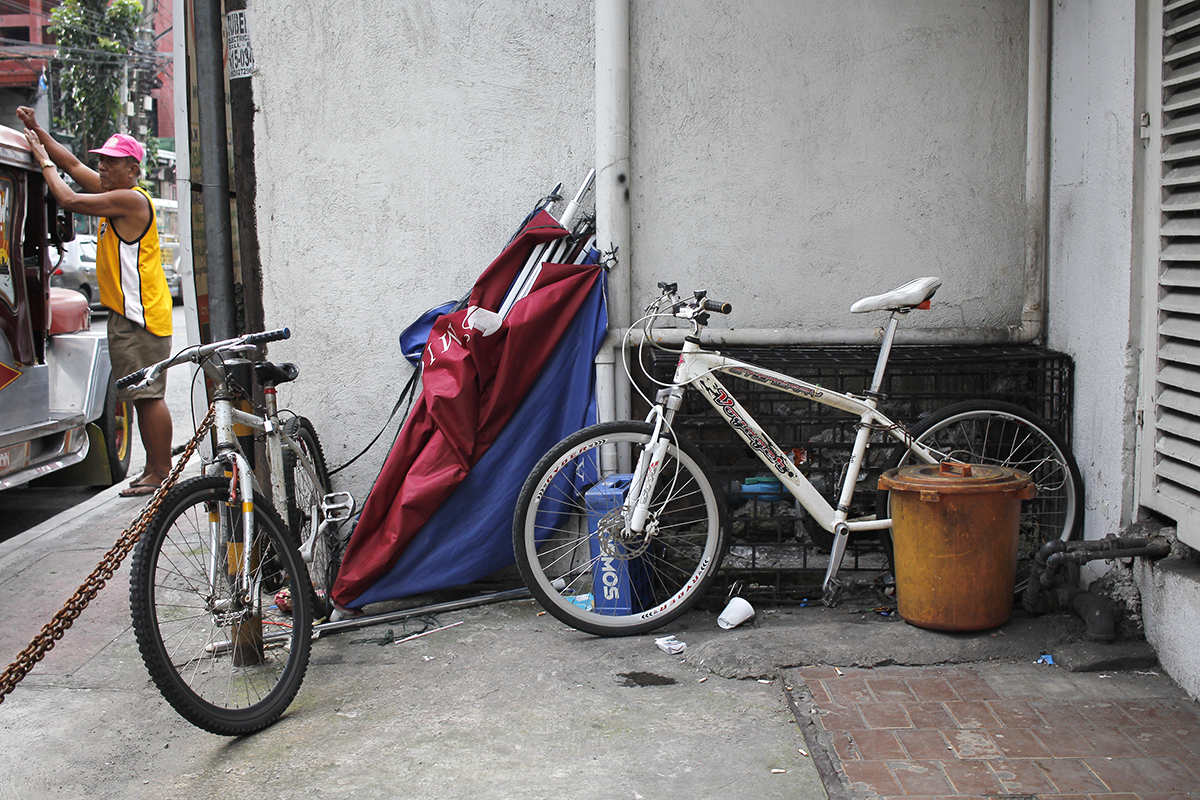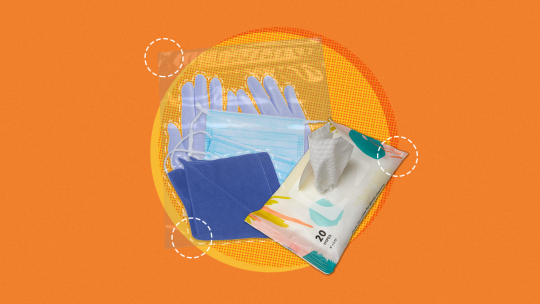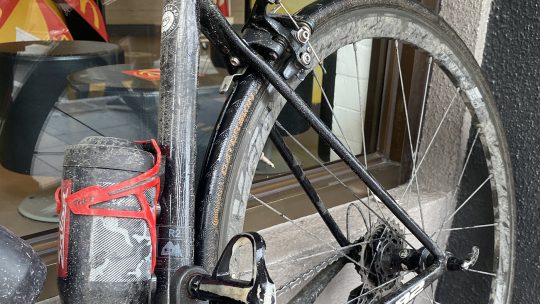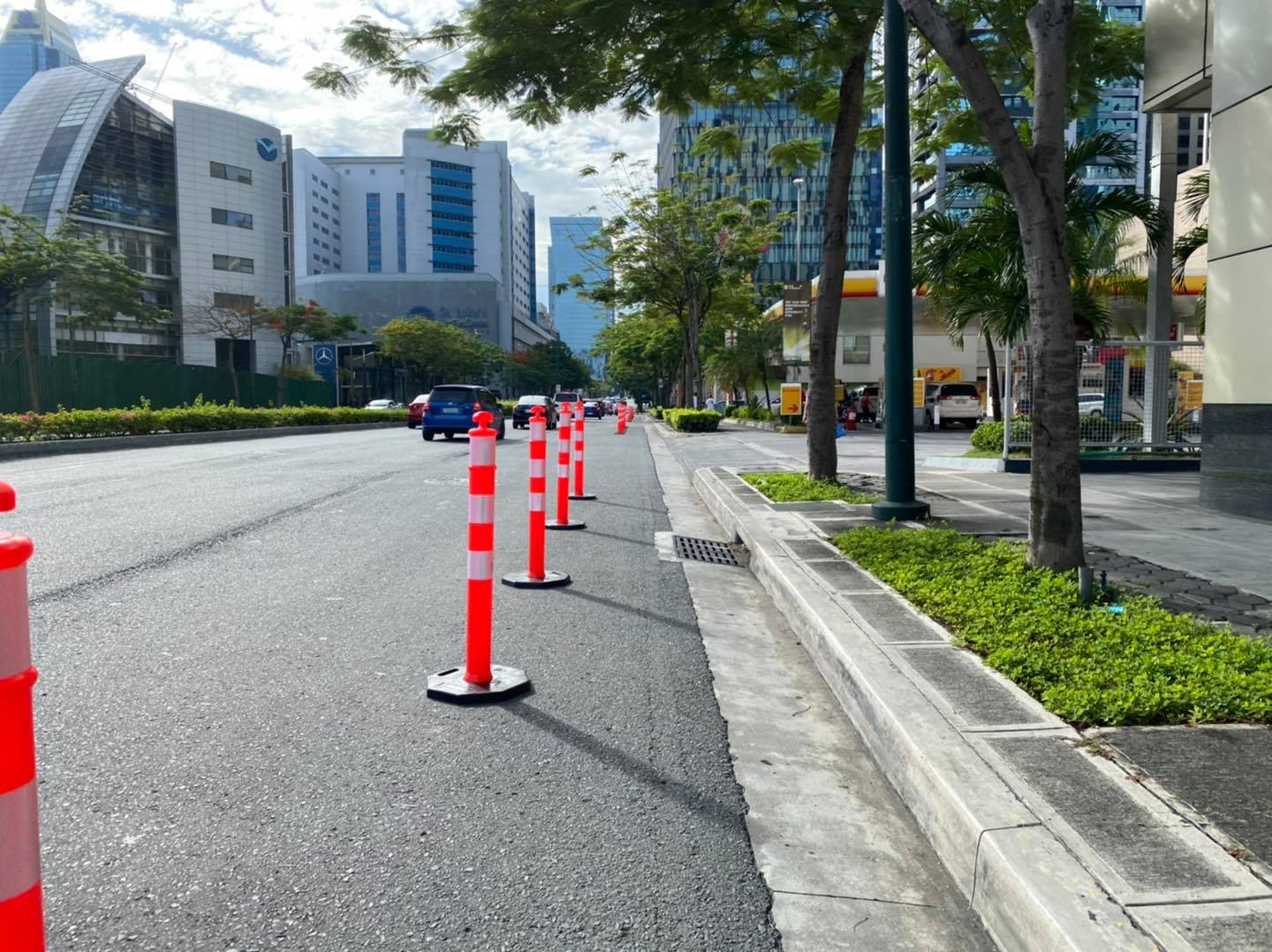Getting around on a bicycle can be tough. Arriving at your destination and figuring out how to leave your bike is another puzzle to solve.
While some cyclists work at companies that allow them to bring their bikes inside their workspace, you may find yourself in situations where you’ll have to deal with public bike parking facilities that come in all conditions, shapes, and sizes.
Before you get on the road, it’s important to make sure you’re ready to secure your bike safely so you can park and go on with your day without worrying so much about your bike.
Bring a bike lock (or two!)
A bike lock is the most important thing you’ll need. The three basic types of locks are the cable lock, U-lock, and chain lock.
| Cable Lock | The cable lock is the most commonly used lock because it is affordable and lightweight. One can usually purchase it at a local hardware store. There are cable locks that require keys while some allow you to set a code with combinations of letters or digits.
Despite their convenience, cable locks are notorious for being easy to break. Anyone with a bolt cutter can remove it in a matter of seconds and set off on your bike without any trace. The best use of a cable lock is to secure the different parts of your bike together or when locking your bike in a secure location for a short period of time. |
| U-Lock | The U-lock is a trustworthy alternative. While it’s slightly pricier than the chain lock, it’s great for fastening your bike to a bike rack, pipe, or pole.
One limitation that a U-lock has is its small radius which means that you’ll have to position your bike really close, or even lean it against, the object to which you are locking it. The advantage, on the other hand, is that having very little room inside the u-lock prevents any would-be thieves from having enough space to break your lock using a lever. You will also find that, unlike a chain lock which you can wrap around your bike while traveling, you might need to have a bag with you so you can bring your U-lock around. That is, if you’re not a fan of adding more attachments to your bike because frame mounts for these locks do exist. |
| Chain Lock | The chain lock is the toughest option you could probably get your hands on. It also addresses both of the problems present in cable locks and U-locks: toughness and portability.
Since most chain locks are made of 8mm steel chains, you can be sure that it will give anyone a hard time breaking it. Some chain locks also come with a sleeve that allows you to wear it around your hip (see: Hiplok) without getting any dirt on your clothes. The two main disadvantages of a chain lock are its weight (1.5+ kg) and its tendency to scratch your bike frame. But it could only be a matter of perspective since you could use it to your advantage to build strength while bringing the weight around with you on your daily commute. Also, you probably wouldn’t mind scratches and dents if you use a beater bike to get around. |
Find a well-lighted place with good foot traffic
No one wants to commit a crime in front of dozens of people passing by. The goal is to make it impossible for any would-be thief to inconspicuously take your bike. It’s also advisable to secure your bike in a spot where potential thieves can’t be sure if you are within sight of your bike.
Faith in humanity aside, you can’t be sure that the people passing by will actually care or risk their lives once they witness a sketchy man with a bolt cutter. It’s also a good idea to look around for visible CCTV cameras that could serve as a warning that Big Brother is watching.
Lock your bike to a fixed, immovable object
Bicycle parking racks can be hard to find. While some local government units require business establishments to have bike parking facilities for their customers, not all businesses comply with the ordinance.
This is where you will need to get creative. Find a pole, gate, bench or anything that’s fixed to the ground.
Trust your gut
You can never be too sure. If you feel that a certain area isn’t safe for parking, it’s always wise not to take the risk. Find another location that looks more secure and park your bike there, even if you have to walk a bit farther to get to your destination. Nearby malls or car parking lots with roving security guards should be worth the walk (or the occasional parking fee) if it means not losing your bike.
Feel free to go above and beyond the options provided in this article. There is no perfect way to guarantee the security of your bike. At the end of the day, it’s about being smart and trying the options that are available to you.
Did we miss anything? Let us know in the comments section below.








Leave a Comment